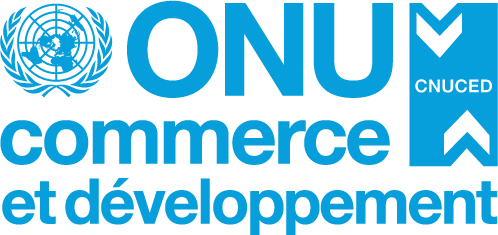African and South American exports dominated by primary goods, in contrast to most developed economies and much of Asia
Main export products, value basis, 2023
UN Trade and Development, UNCTADstat.
Top 10 exporting economies are shown in the default selection.
The supply of goods to the world market has a regional pattern. In 2023, economies in Northern and Central America, Europe, and Southern, Eastern and South-eastern Asia exported mainly manufactured goods. Economies primarily exporting fuels were located along the northern coast of South America, in Middle and Northern Africa, and Western and Central Asia.
